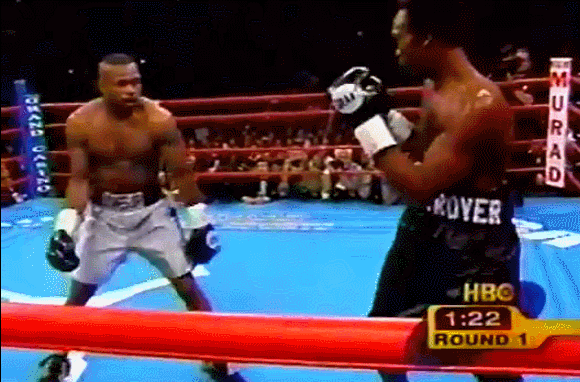So against my better judgement, here goes nothing.
Complaining already?
"These many other ways of fighting had their chances in years 1-5"
Martial artists from other arts entered and they lost to bjj in those early days just like the boxer's and thai boxer's and everyone else.
Ground fighting was new and it was a long slow process of trial and error to get around it for all the fighting methods and combat sports that didn't include it. MMA is that trial and error process.
The Gracies didn't care, they risked getting knocked out just like anyone else. This was more than a trial & error process, it was the time that dispelled much of the TMA's balogna. And it changed the world of Martial Arts. 25 years now, what a long *** "fad".
But just because because a guy wears a karate gi it doesn't mean he's a great representative of one of the karate fighting styles. It means in his mind he can fight, no more no less.
Typical excuse. So where were all these superhuman TMA fighters? They were all biding their time for the right moment right? And UFC 1-4 wasn't the "right time"....only paying $60,000 to the winner for the night....so that's about $106,000 in today's money for ONE night of fighting. These "great representatives" of TMA were what....too busy holding seminars for 15-20 people, of which at least 10 of them are their helpers, family & students = non paying? Too busy selling VHS tapes of secret techniques? Making what, $0 to $10,000 per year teaching TMA?
How much did Karate prize point fighters make in 1993, fighting in a rented Middle School gym on a Sunday? $0 + a trophy? National championship, then make that a rented High School gym on a Saturday. How much do they make today, in 2018? About the same? Oh but the UFC 1-4 was def. not worth their time right?
"So what happened to all these other ways of fighting? They've laying low for the past 25 years, just waiting for the right moment to strike and bring home all the $$$ and glory to their style?"
People learn to fight at taekwondo clubs based on taekwondo tournament rules.
Then they go to an mma gym and get taught a different way to fight based on mma rules.
Since they aren't fighting under tkd rules they don't use tkd methods.
There were no disqualifying rules in the early UFC's. TKD or any TMA could have done anything they wanted to win.
Hence numerous mma fighters have traditional arts backgrounds.
And that's how come as mma gets more popular and more people like the idea of competing in it, you get more and more fighters with unconventional styles, including people who use distance for defence and keep their hands low when out of range.
The UFC has a roster of 500+ fighters, name 100 fighters that fits this description. That's only 20%, surely you can name 100 if this is such a phenomenon right? How about 10%, can you name at least 50 fighters?

